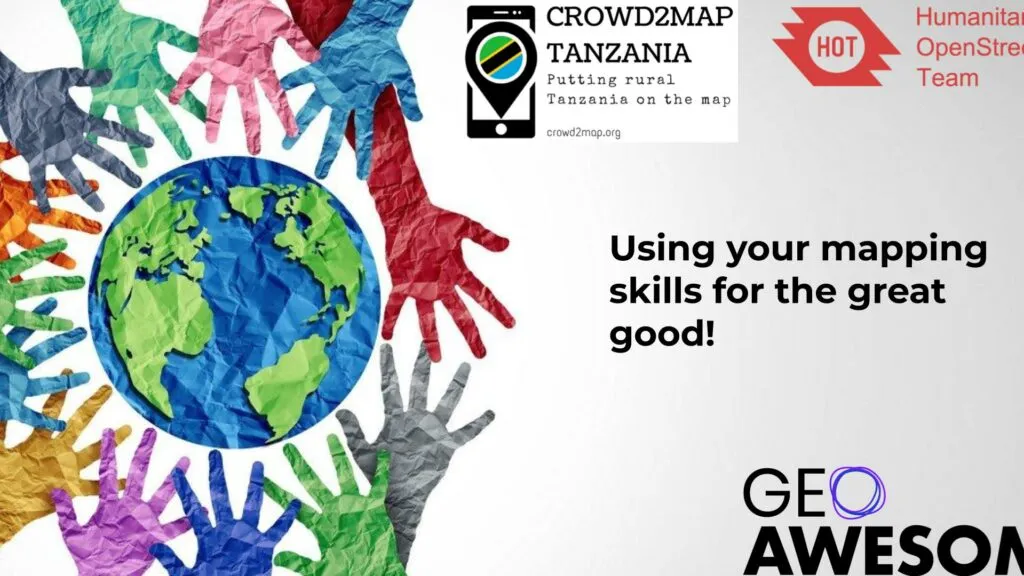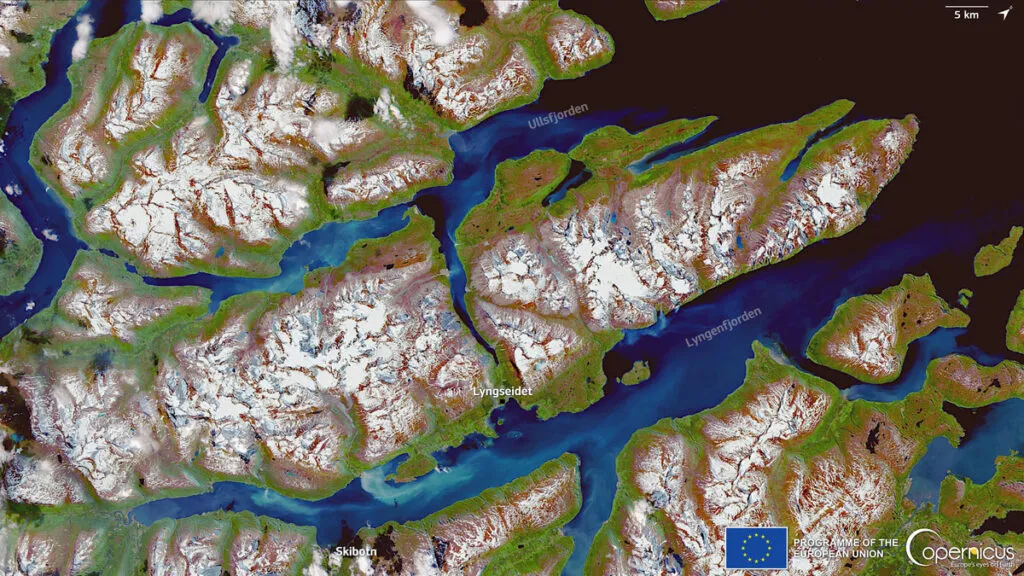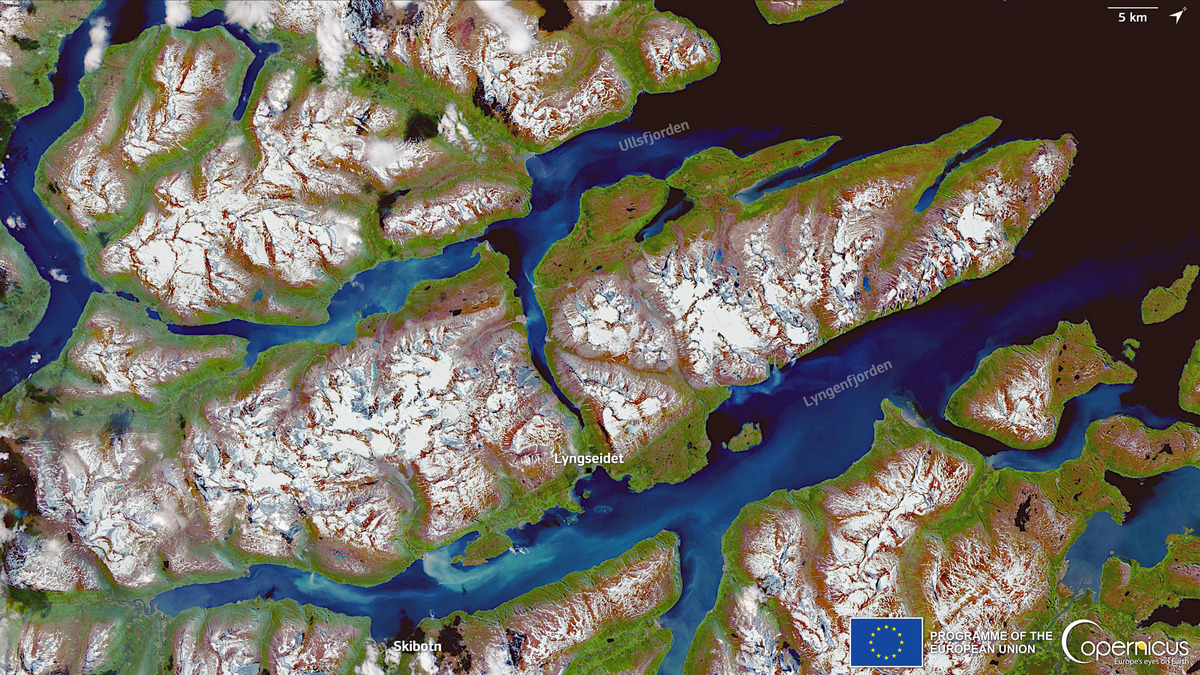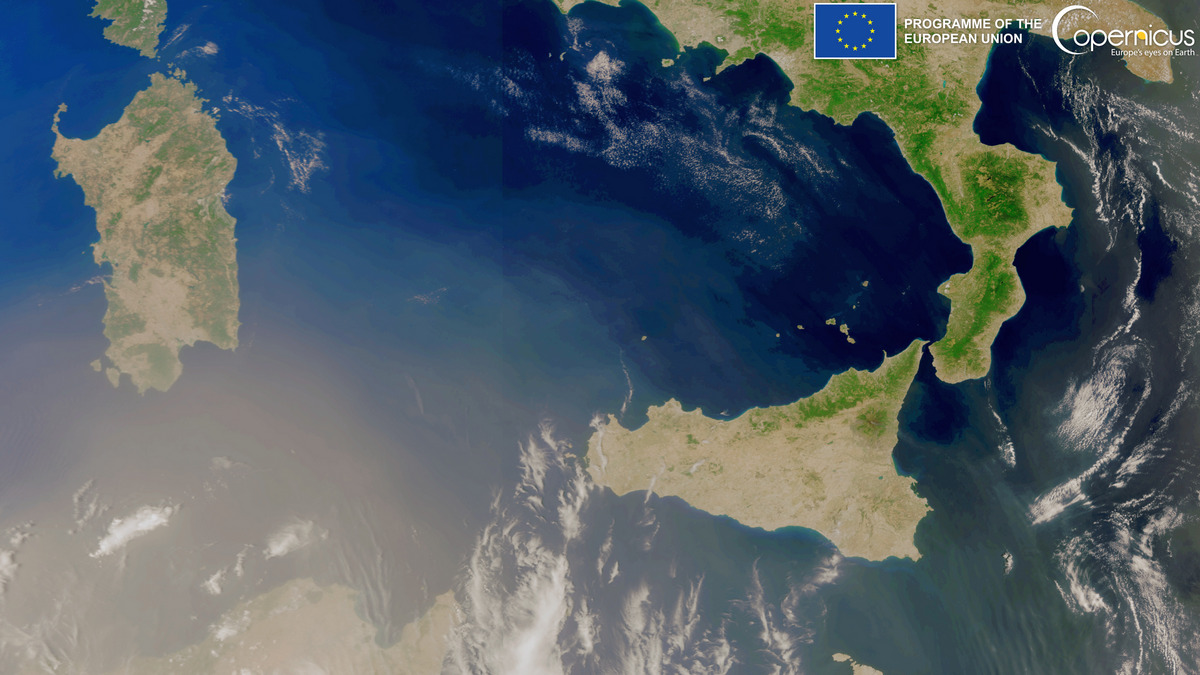
How to use your mapping skills for the greater good
I remember sitting in a lecture hall, listening to one of my first lectures at the University of Waterloo when I was enrolled in the geomatics program there. At the end of the lecture, the professor decided to show us a video of a government official from Canada using their cartographic skills to help a certain region within an African nation combat an issue they had with land mines.
It was then that I realized I can use my GIS and mapping skills for the greater good and that that’s what I wanted to do no matter how minimal my contribution was.
So the next question I asked myself was, how am I going to do that exactly?!
It’s challenging to find ways to help others when you are trying to balance school work with so many other responsibilities. It can be hard to find the time to volunteer for humanitarian agencies. Also, I found that a lot of humanitarian work is done overseas and it can be difficult (and not to mention quite costly) to travel in between semesters to actually help out on the forefront.
The pandemic changed the way in which we work, volunteer and communicate with one another. It made it more apparent that you can help people deal with crises globally in countries like Afghanistan, Peru and Mozambique from the comfort of your own home. In fact, at the beginning of the pandemic in 2020, Humanitarian OpenStreetMap Team (HOT) started a Data Quality internship program which I took part in (along with other individuals) for approximately 3 months. Note: this was an unpaid opportunity at the time, however it is now a paid position. The program required a group of individuals to participate in training webinars where we learned how to utilize OpenStreetMap (OSM) data quality assurance tools such as OSMCha, JOSM, Overpass Turbo, etc…We also spent a certain amount of hours each week either mapping or validating tasks for certain projects within the Task Manager for HOT. You can find their website for more information and details on how you can get involved (Visit Humanitarian OpenStreetMap Team).
For those of you who are unfamiliar with HOT and their work, the Humanitarian OpenStreetMap Team (HOT) comprises a group of individuals that work in countries across the globe that are dedicated to “humanitarian action and community development through open mapping”. HOT uses a tool called “Tasking Manager” to manage their projects in an effort to split up larger projects into smaller tasks as well as to improve collaboration amongst volunteers. Anyone can volunteer to map/validate tasks so long as they have an OpenStreetMap account since HOT’s Tasking Manager uses OpenStreetMap data. If you want to learn how to map/validate tasks in the Tasking Manager, visit Learn – HOT Tasking Manager for some helpful step-by-step guides and videos on how to do so.
I also learned about a website called Map Roulette during my internship with HOT, where I found quick mapping challenges (ranging from novice to expert level) in an effort to improve OSM data. The goal is to edit/verify whether or not lines, polygons or points of a specific task are in the right location or are digitized correctly.
Prior to enrolling in the HOT Data Quality internship program, I signed up for an online volunteering position through the United Nations volunteering website and was mapping buildings and roads for projects that were run by Tanzania Development Trust.
The Crowd2Map Tanzania project (which was founded by Janet Chapman, chair of Tanzania Development Trust) seeks to put rural Tanzania on the map in an effort to fight female genital mutilation (FGM). If there are better maps with more accurate data out there, then women & girls that are subject to FGM can be located and aided. If you are interested in volunteering for Tanzania Development Trust/Crowd2Map Tanzania, you can access their mapping projects via the HOT Tasking Manager.
It has become easier to use your mapping skills for the greater good from the comfort of your own home without having to spend a huge amount of time, energy and money to do so!
Did you like the article? Read more and subscribe to our monthly newsletter!











